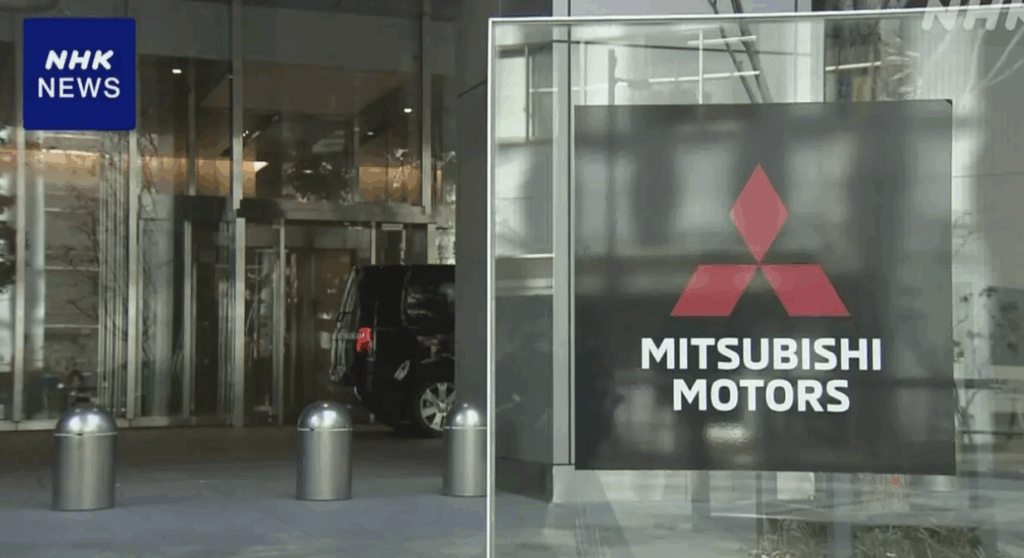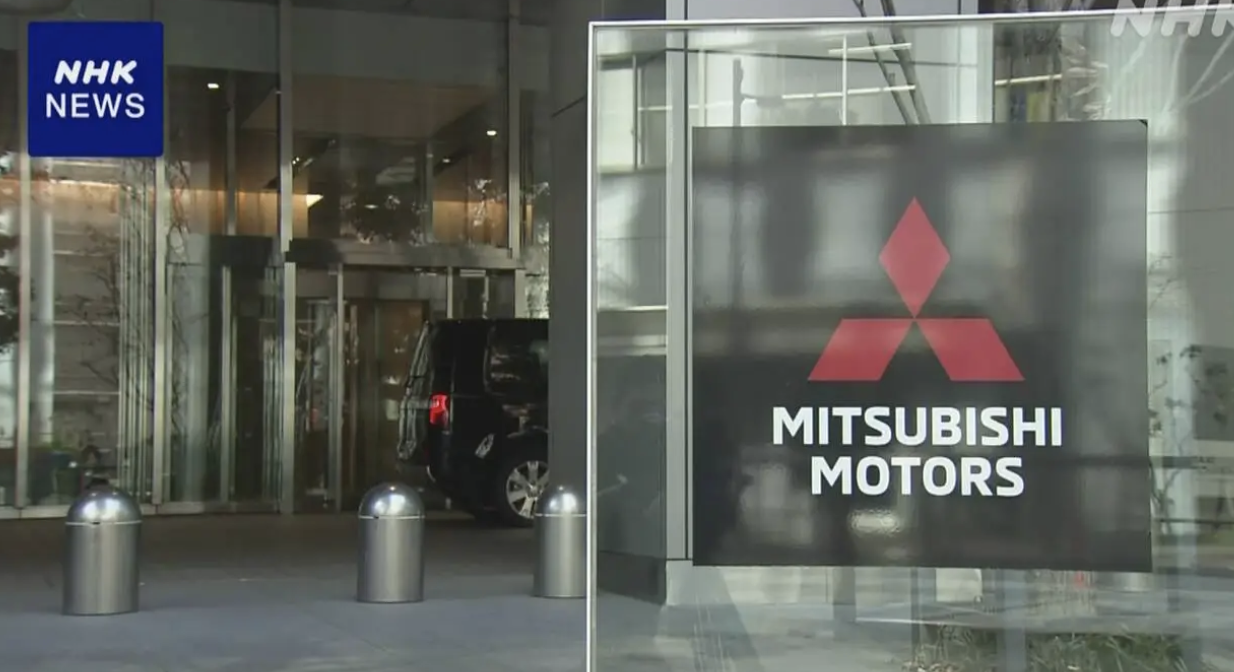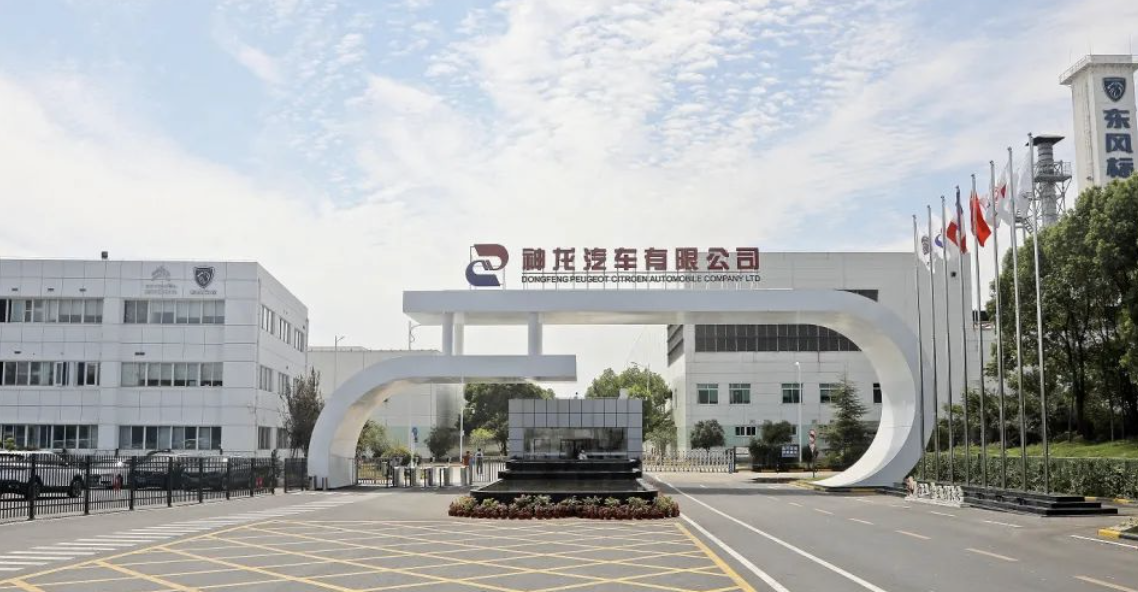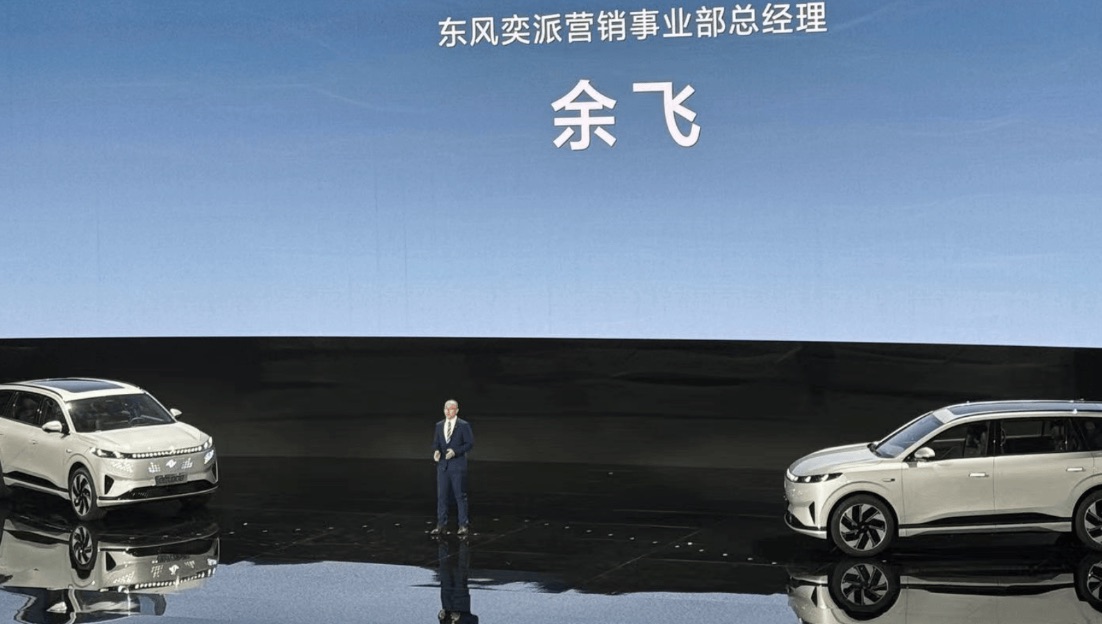On July 22, Mitsubishi Motors issued a new announcement stating that, in light of the rapid shift of the Chinese automotive industry toward electric vehicles, the company has re-evaluated its strategy in the region. As a result, it has decided to terminate its joint venture with Shenyang Aerospace Mitsubishi Motors Engine Manufacturing Co., Ltd., and cease engine business operations at the company.

This means that Mitsubishi Motors is officially exiting the Chinese market, marking the end of its production presence in China. With Mitsubishi’s exit, Shenyang Aerospace Mitsubishi also underwent a business name change. On July 2, the company’s name was changed from Shenyang Aerospace Mitsubishi Motors Engine Manufacturing Co., Ltd. to Shenyang Guoqing Power Technology Co., Ltd. Mitsubishi Corporation, Mitsubishi Motors Corporation, and Ma Zhong Investment Holdings Ltd. exited the shareholder list. The new shareholders include Shenyang Jianhua Automobile Engine Co., Ltd., China Aerospace Automobile Co., Ltd., and Beijing Sai Mu Technology Co., Ltd., with Beijing Sai Mu Technology Co., Ltd. holding a 49% stake. Meanwhile, the company’s business scope was also changed.
In August 1997, Mitsubishi Motors, along with China Aerospace Automobile and other enterprises, established Shenyang Aerospace Mitsubishi Motors Engine Manufacturing Co., Ltd. (referred to as “Aerospace Mitsubishi”) in Shenyang with a total investment of $29.99 million USD. The company focused on the production and sale of automotive engines, with the goal of utilizing Mitsubishi’s advanced engine technology alongside China’s local production resources and market advantages. The idea was to build an efficient engine supply base that would not only meet Mitsubishi’s vehicle production needs in China but also expand into the Chinese domestic car market. At its peak, Aerospace Mitsubishi engines accounted for 30% of the domestic market share, with brands such as Geely, Great Wall, Dongfeng, BAIC, Southeast, and Cheetah all using Mitsubishi engines. Mitsubishi was even referred to as the “father of domestic cars.” In May 2017, Aerospace Mitsubishi produced its 5 millionth engine, and in that year, the company sold 800,000 engines, setting a new historical record.
However, the good times did not last long. With the rapid development of the Chinese automotive market, especially with the rise of electric vehicles, there was a significant shift in market demand. The market share for traditional fuel-powered vehicles began to shrink as domestic brands grew stronger, and the demand for electric vehicle power systems shifted toward the three-electric systems (electric motor, battery, and electronic control). As a result, demand for traditional engines significantly decreased. Meanwhile, domestic brands, such as Changan’s Smart Blue Whale 1.5T high-pressure direct injection engine and Chery’s Kunpeng 2.0TGDI engine, began developing their own advanced engines. Additionally, Mitsubishi Motors’ slow pace of technological updates led to its engines gradually losing competitiveness, and the sales of Aerospace Mitsubishi began to decline year by year, moving away from its former glory. By 2025, faced with continued sales decline and the rapid shift of the Chinese automotive industry to electrification, Mitsubishi Motors decided to terminate its joint venture with Aerospace Mitsubishi. This decision marks Mitsubishi’s complete exit from automotive production in China, drawing the curtain on its more than 20 years of joint venture history in the country.
Mitsubishi was one of the first automakers to enter the Chinese market. In 1973, before China’s reform and opening up, Mitsubishi Motors began exporting trucks to China. In the 1980s, with the rise of joint venture car manufacturing, Mitsubishi started collaborating with Chinese car companies to produce vehicles. In the 21st century, Mitsubishi began collaborating with Chinese automakers to produce passenger vehicles. In 2006, Mitsubishi invested in Southeast Motor, entrusting them with the R&D, manufacturing, sales, and after-sales operations for Mitsubishi-branded vehicles that were not fully assembled in China. Products such as the Galant, Lancer, Eclipse, Outlander, and Pajero were introduced, although Mitsubishi held only a 25% stake in Southeast Mitsubishi and had limited influence.
In May 2012, GAC Mitsubishi was established as a joint venture between GAC Group, Mitsubishi Motors, and Mitsubishi Corporation, with shares of 50%, 30%, and 20%, respectively. The joint venture had a 30-year cooperation period. In 2018, GAC Mitsubishi reached its peak sales of 144,000 units, the highest in Mitsubishi’s history in China. However, due to a lack of technical support, slow product updates, and the rapid rise of Chinese carmakers, GAC Mitsubishi’s sales began to decline in 2019, and by 2023, it faced a production and operational crisis. Despite multiple denials of rumors about Mitsubishi’s exit from China, it was ultimately unable to avoid this fate. In October 2023, Mitsubishi Motors announced that it would implement a structural reform for GAC Mitsubishi in China, and local production of Mitsubishi-branded vehicles would end. GAC Mitsubishi would become a wholly-owned subsidiary of GAC Group, with its manufacturing facilities being used by GAC Aion.
In the field of new energy vehicles, Chinese domestic companies have already made significant strides. Companies like BYD, Geely, Great Wall, Chery, and Changan have made major breakthroughs in battery technology, intelligent connectivity, and more, not only occupying a significant position in the domestic market but also gradually expanding into international markets. Mitsubishi’s exit is just a reflection of broader industry trends.



